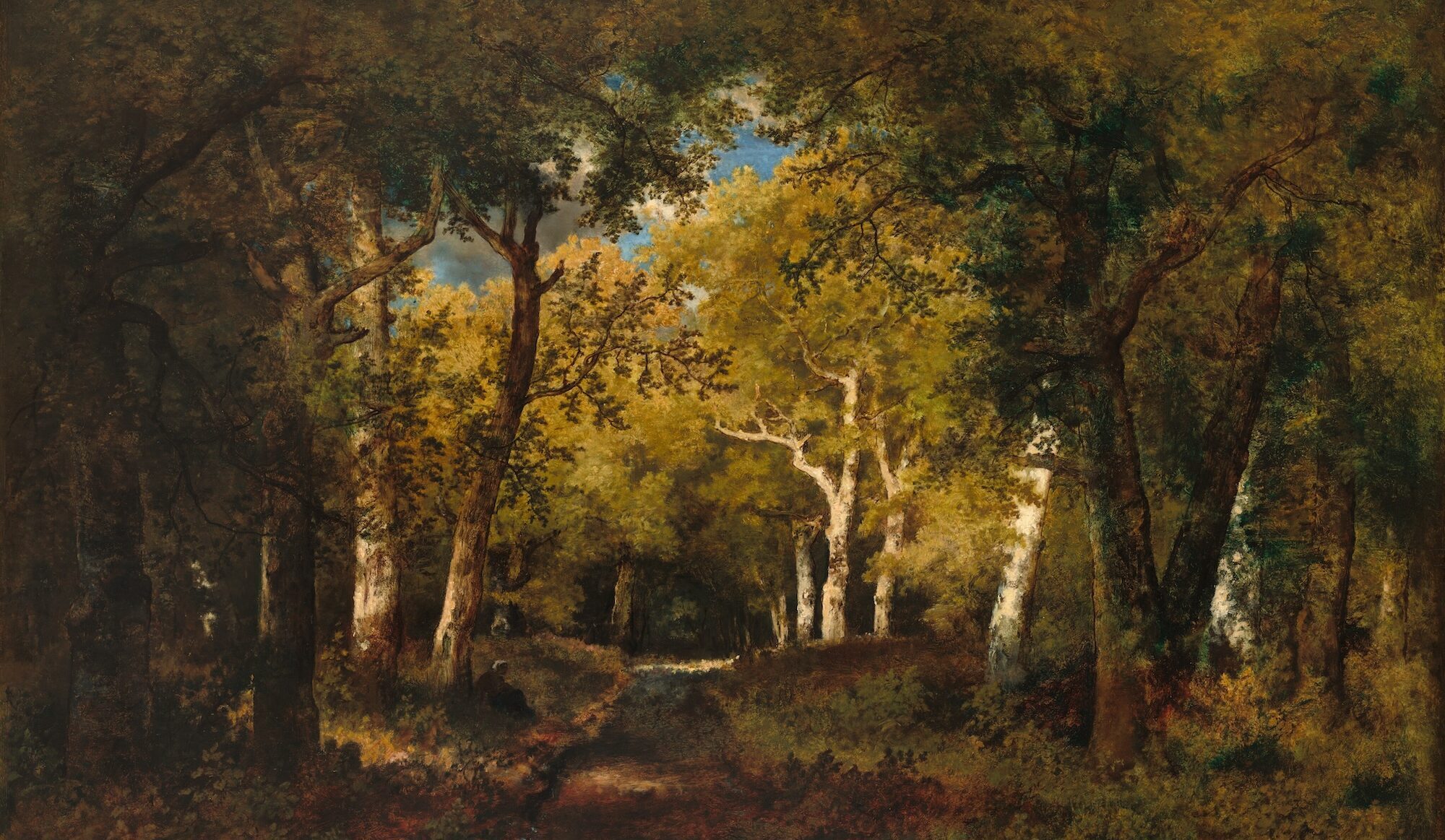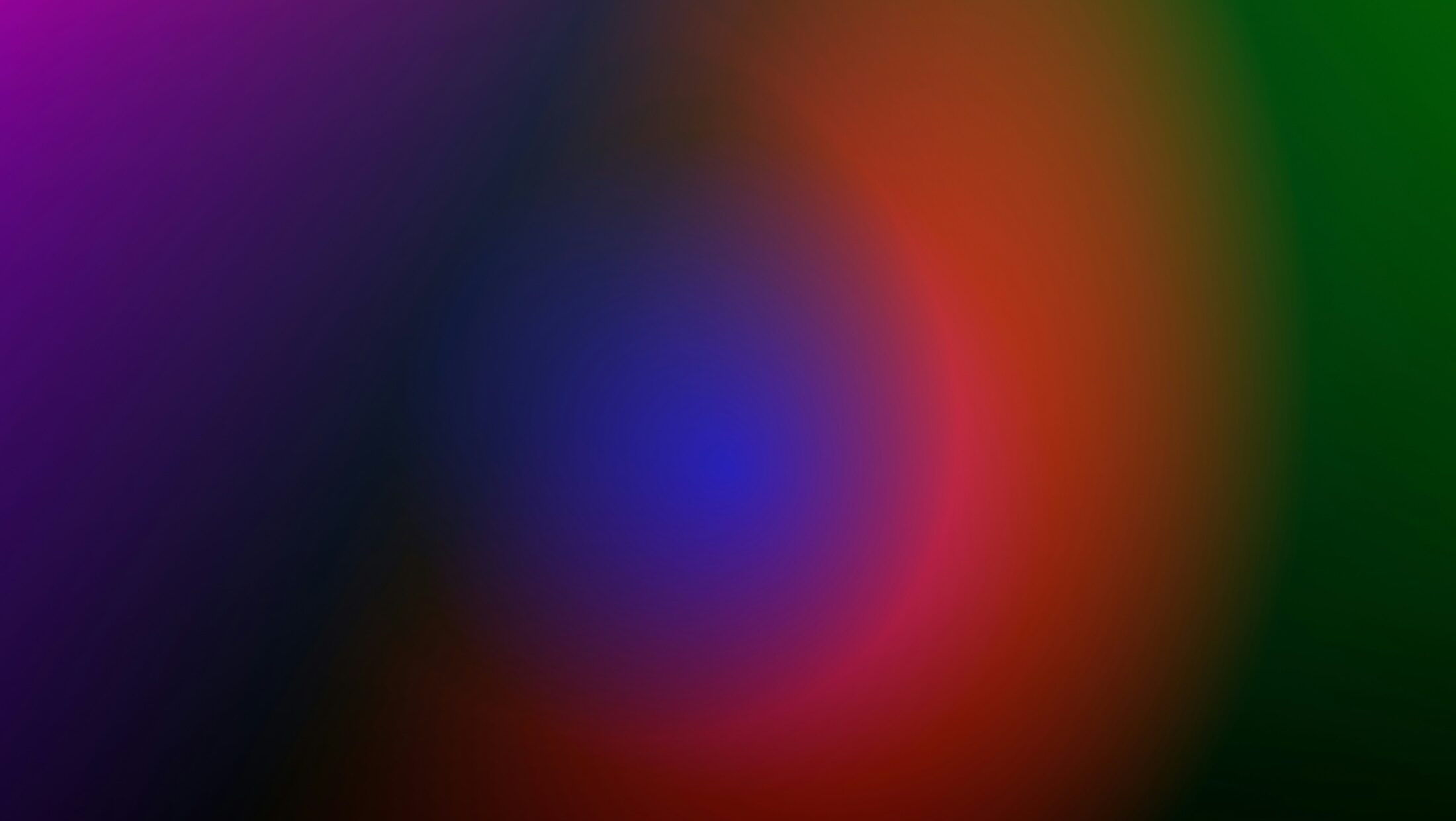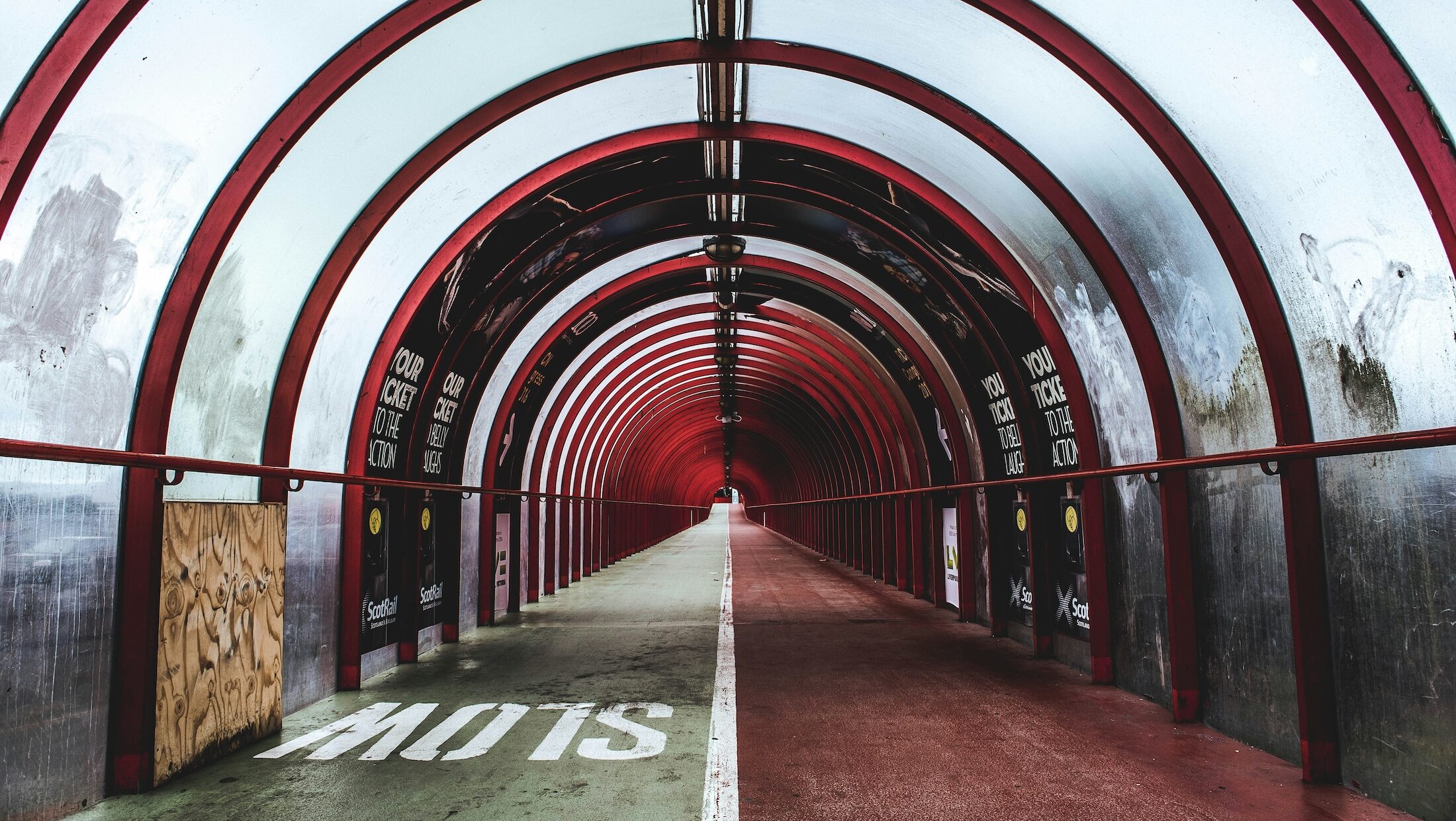Narcisse Virgile Diaz de la Pena, In the Forest, 1874
Can technology be effective without constantly demanding our attention?
A few years ago, I was introduced to the concept of calm technology, and I’ve been captivated by it ever since. I’ve read everything I could find, starting with the papers by Mark Weiser, widely considered the father of ubiquitous computing and the creator of the concept of calm technology.
From these articles, I’ve drawn three metaphors that help illustrate this growing field: the woods, the car, and my upstairs neighbor.
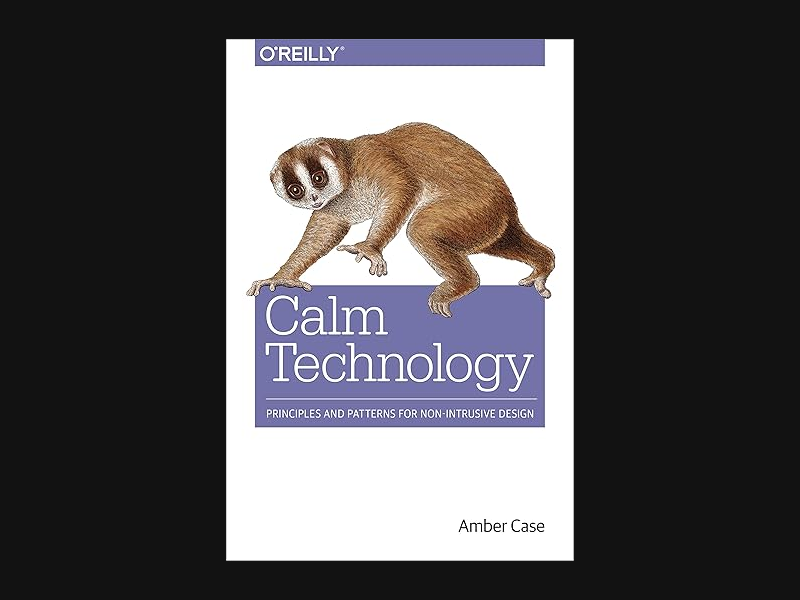
Calm Technology by Amber Case has become a bit of a bible for all calm design practitioners. This practical book tackles how to design technology that integrates smoothly into users’ lives without being a distraction. Case shares key principles like peripheral attention and ambient awareness, offering insights on creating products that capture attention only when necessary. With exercises and real-world applications, it’s a must-read for UX designers, product managers, and anyone looking to foster a more mindful approach to technology.
If these ideas spark your interest, I highly recommend exploring Mark Weiser’s work. Additionally, Amber Case’s book “Calm Technology” is a must-read, along with the resources available at the Calm Tech Institute she founded.
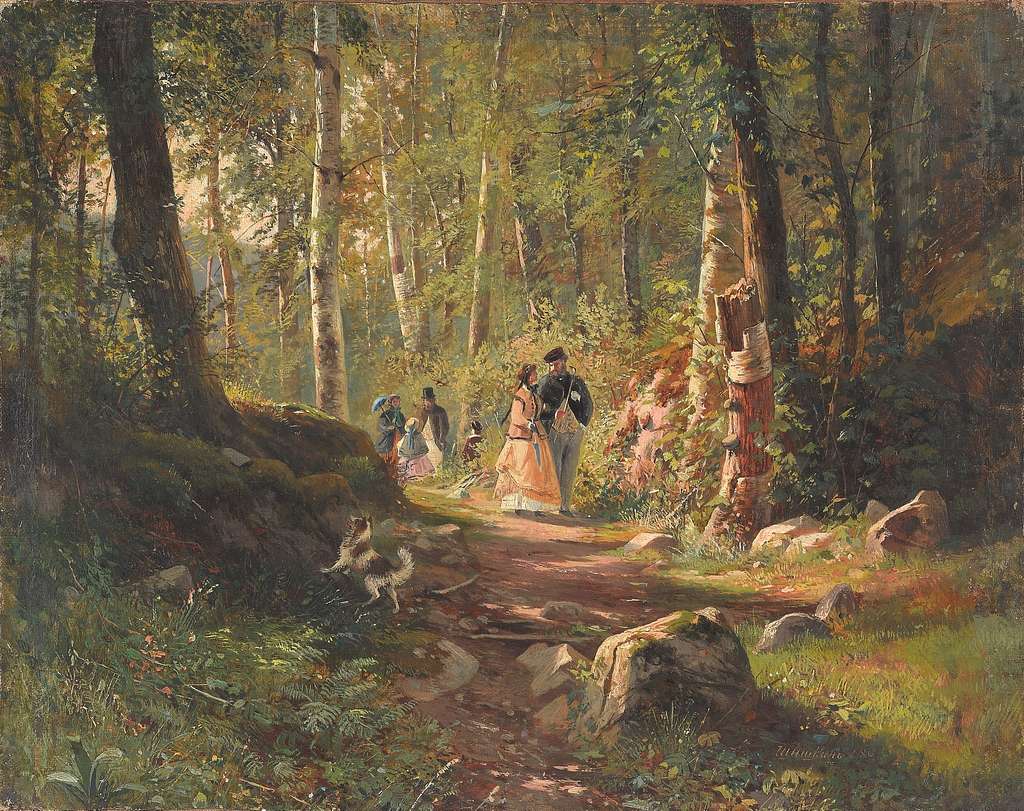
A Walk in the Forest, 1869, BY Ivan Ivanovich Shishkin
The Woods
Mark Weiser once made a powerful observation:
“There is more information available at our fingertips during a walk in the woods than in any computer system, yet people find a walk among trees relaxing and computers frustrating.”
This suggests that the challenge for designers isn’t necessarily in reducing the amount of information users access—it’s about presenting that information in a way that isn’t overwhelming, but calming.
Think about walking through the woods. You don’t just see the trees; you hear the branches sway, smell the earth, and feel the temperature and humidity on your skin. The information is all around you—naturally available in different forms, not crammed into a single interface.
Weiser’s vision of ubiquitous technology encourages us to create systems that blend into our environments seamlessly, rather than forcing us into theirs. It’s about designing technology that can be as soothing as a walk in the woods.
The Car
The key to Weiser’s concept of calm technology lies in attention management.
Think about driving a car. Your attention is focused on the road, the traffic lights, or maybe a conversation with a passenger, while the hum of the engine fades into the background. But if the engine makes an unusual noise, your attention immediately shifts. This demonstrates how we naturally use peripheral attention—what’s at the edge of our awareness can quickly become central when needed.
Calm technology enhances this ability, improving the information we perceive peripherally and allowing us to switch focus effortlessly without feeling overwhelmed. It helps us take control over our own perception. Instead of hijacking our attention, it frees it.
My Upstairs Neighbor
A few months ago, I moved into a new apartment. Although I’ve never met my upstairs neighbor, I’ve become familiar with many of her routines. Over time, our schedules have synced so well that I barely need to check the time anymore.
In near-perfect rhythm, I make my tea when her alarm goes off. I sit at my desk when I hear her leave, and I start cooking dinner when I hear her footsteps in the evening.
Like my neighbor, calm technology provides us with information through our peripheral attention—so subtly that we often don’t notice how much it informs our actions. We know it’s raining outside or that our neighbor is home—not because we’re focused on these things, but because we’ve attuned ourselves to subtle, environmental cues.
Of course, sometimes my neighbor steps out of the periphery—like when she decides to rearrange her furniture late at night. But, that’s a story for another time.
I like to think that, instead of overwhelming us, technology can be designed to let our attention flow—and maybe even calm us down.
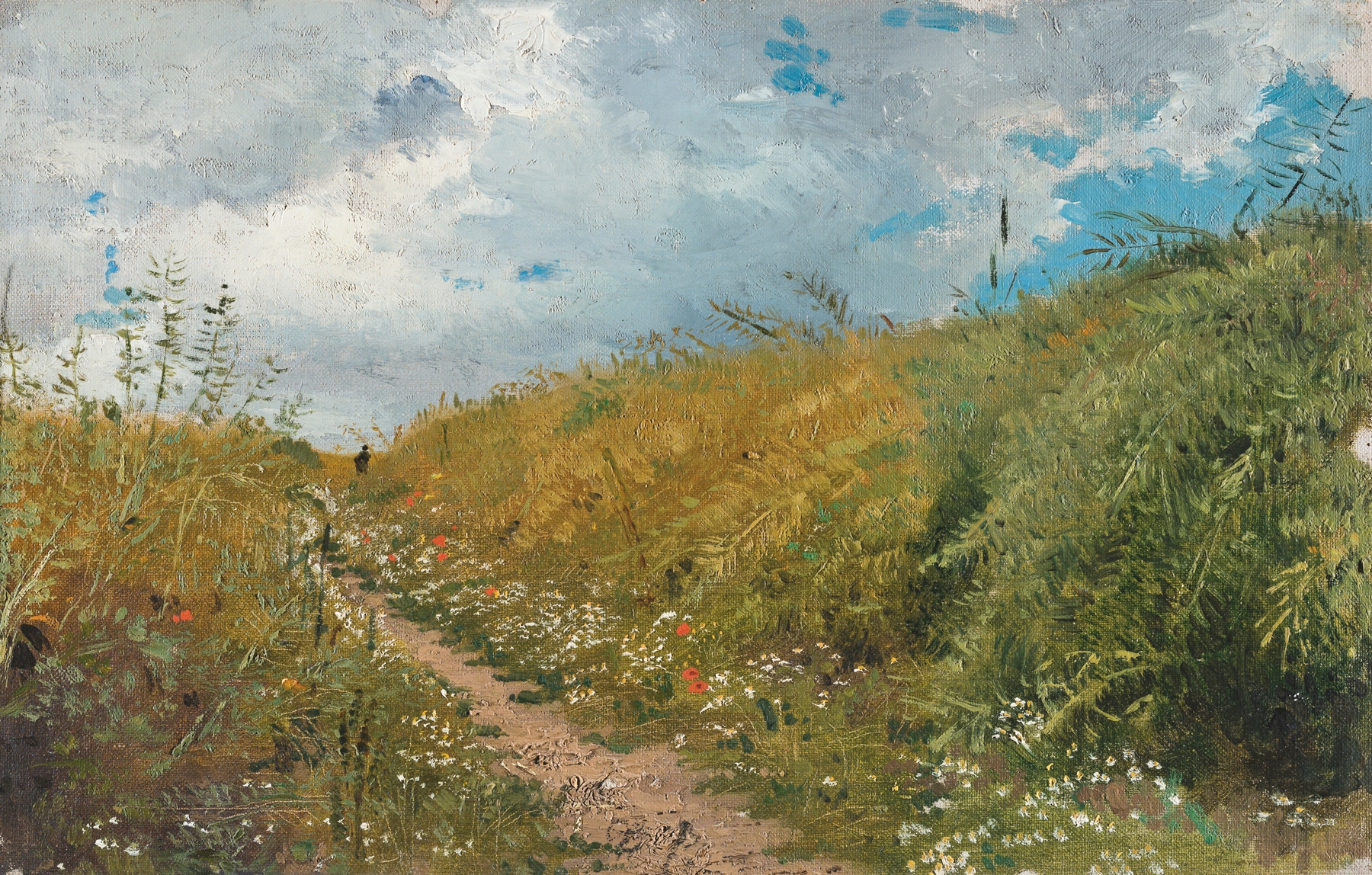
Road Through A Dell by Ilya Efimovich Repin
